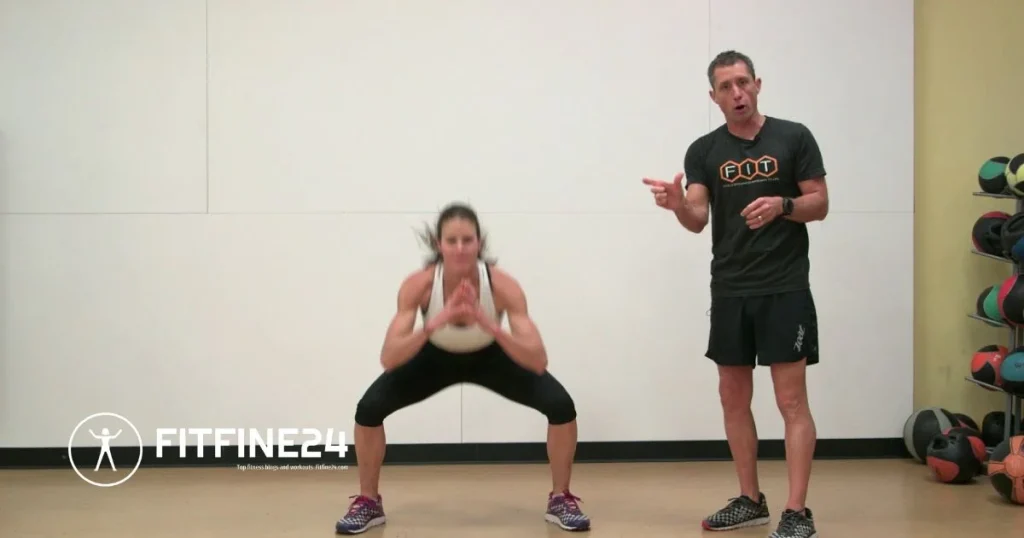
Squat jumps are one of the safest and most dynamic lower-body workout methods that offer strength, endurance, and power all in one. Geared for sports players, fitness junkies, or novices who want something more than just a basic workout, this plyometric exercise primarily focuses on the legs and core while enhancing one’s cardiovascular fitness.
If you are looking to gain strength, lose weight, engage in some calorie burning, or otherwise enhance your sports activities, then squat jumps will work for you. In this article, we will focus on squat jumps, the most effective lower-body as well as full-body exercise for weight loss, mobility, leg muscles, and the abs – their proper performance, their benefits, how to perform different variations, and how to slots them in the fitness training program.
What are Squat Jumps?
Squat jumps are a type of plyometric training or exercise schema that involves very quick and powerful movements aimed at enhancing physical power. The movement involves squatting and then pushing off the ground as forcefully as possible in an upward movement, then coming back down and transferring into the squatting position again. This seemingly simple movement involves a lot of balancing and multiple muscle actions at the same time and is hence a very efficient compound movement of the lower body’s strength, power, and endurance.
Muscles Worked While Performing Squat Jumps
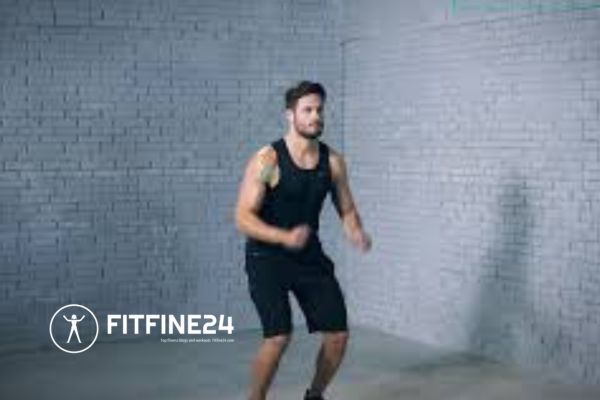
Quadriceps:These muscles at the front of the thigh are the most strenuous as they engage in squatting and taking off.
Hamstrings: These muscles are located at the back of the thighs and come in handy when squatting down and jumping.
Glutes: There is high recruitment of gluteus maximus in the squat – that power and stability will carry you through the jumping phase.
Calves:Calves serve the purpose of propelling the body off the ground toward the end of the exercise.
Core:Although it is not targeted directly, it is necessary to use the core muscles throughout the whole performance of the exercise to perform the jumps either from a squat or upright position.
How to Do Squat Jumps in a Correct Way
To be able to do the jump squat effectively and without the risk of injury, it is important to maintain the right body position. Utilize the following guidelines on how to perform squat jumps in the right manner:
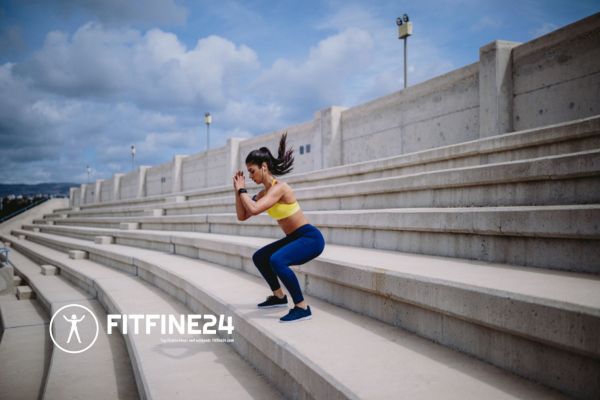
Starting Position: Feet are apart at shoulder level with slightly turning the toes out. Tighten your abs, and lift your chest.
Lower into a Squat: While engaging your glutes, push your hips back and squat as if you are sitting on a chair. Remember to keep your knees over your toes, and weight on the heels and chest erect.
Squat Jump:From the bottom position in the squat, explode upwards making sure that your hips, knees, and ankles are fully extended as you jump and leave the compound.
Safe Landing:When performing the landing phase, slowly extend your knees again and go back to the squat position to prepare for the next jump. Go straight into the next squat jump.
MISTAKES TO AVOID
Knee Valgus: During the squat phase and even after, do not let the knee bend towards the end of the bootstrap where landing occurs. This is likely to strain the knee which can in turn increase the chances of getting injured.
Heels Up:Squat down properly such that the heels do not lift. For some, resting too much weight on the front of the foot causes the knee to hurt.
Incomplete Hip Hinge Restriction: Ensure to squat comfortably such that the squatting position is below that of such a strict type so that the thighs go parallel to the ground. There might be no significant muscle engagement with shallow squatting postures.
Incoming Attention:Remember to clench your belly during the movement as it will help you keep the correct technique and will not let you overload your lower back too much.
Benefits of Squat Jumps
Squat jumps have some functional advantages, making them a great inclusion in any fitness program or regimen. Some of the key benefits include:
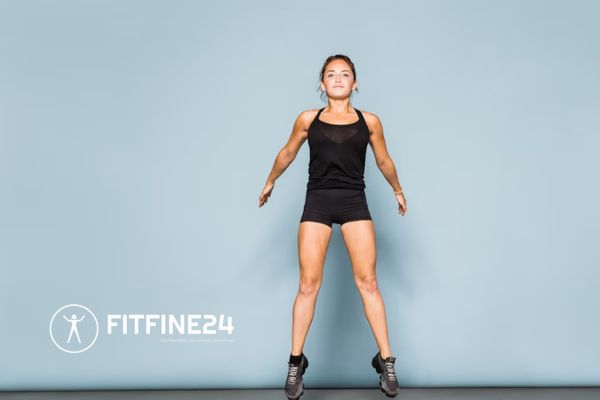
Lower Body Strength Gain: Due to the explosive nature of squat jumps, the quads, hamstrings, gluteal, and calf muscles can develop quite efficiently. This will improve performance in activities that require a lot of lower body strength like running, jumping, and cycling.
Power and Explosive Strength Upgrade:Squat jumps employ some aspect of plyometric activity, which is important in the activation of fast-twitch muscle fibers, which are important for movements that involve a lot of power. This helps perform sports and functional performance tasks.
More Calories Owed to Jump Squats: As squat jumps are high-energy demanding exercises, they raise heart rates and calorie burn in a short duration. This therefore makes them nice additions to HIIT workout patterns aimed at weight or fat loss.
Improved Cardiovascular conditioning:Squat jumps within short bursts increase your heart rate, therefore over a period that also improves cardiovascular fitness.
Coordination and Balance Improvement:Because of the active impact of squat jumps, the ability to achieve and maintain balance and coordination is a must, hence improvement in one’s sense of posture and weight is possible and fall anxiety is lowered.
Functional Fitness: Any elastic and balance movement targets squat jumps in physical exercise for example in our day-to-day activities squatting, taking off, and landing are performed smoothly. Numerous activities can be performed correctly and more efficiently when strength and technique are improved for such tasks.
Squat Jump Variations to Challenge Your Fitness
Once you get a good base on the standard squat jump, there are some other squat jump variations that you can attempt to further stimulate your muscles and spice up your routine:
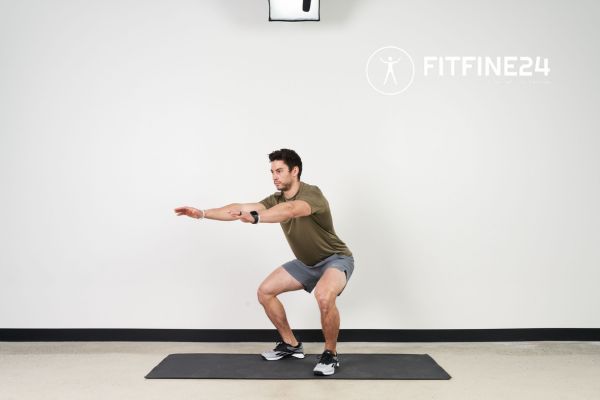
Tuck Jumps:In this jump type, after performing a vertical jump, keep your knees close to your chest until the landing. This also increases the involvement of your core in the exercise because of the expected and achieved explosion.
Jump Squat 180°:In this jump type, perform a squat jump, but instead of facing the same direction as in the initiation position, your back would be facing the same center, and you would be targeting directly the opposite direction. This adds effective rotation which will aid in the coordination improvements and stabilization of the core.
Weighted Squat Jumps: Have a pair of medicine balls or dumbells in both hands to challenge the coming resistance This will further frustrate your leg muscles and take strength training to another height.
Bulgarian Split Squat Jumps: One foot should be on a step or bench behind the body one at a time and squat jump onto the other leg. This will put pressure on the quads, glutes, and the stabilizing muscles of the lower limbs.
Single-Leg Squat Jumps:The position from which one leg is to be elevated while performing the squat jump is quite elevated. This variation will test your balance and one-leg strength.
How to Perform Squat Jumps in Your Workouts
Squat jumps can fittingly work out on many workout formats. We suggest several ways of working out with them as follows:
HIIT Workouts:Squat jumps can be done with high-intensity interval training (HIIT). One should do squat jumps for 20 seconds followed by a 10-second rest and repeat the process for 4-5 rounds.
Lower Body Circuits: Incorporate squat jumps within a leg circuit if there are other inclusive exercises requiring lunges, step-ups, and deadlifts to build strength and stamina.
Final Thoughts
Squat jumps are an excellent and multi-talented exercisethat every fitness program must include. Anyone seeking to develop strength, lean mass, endurance, or to burn some calories will find squat jumps useful now and later. Include squat jumps in every workout to help yourself in regards to lower body training, performance, and training in general. Proper technique is essential, so waste no time in attempting to perform different squat jump variations.

